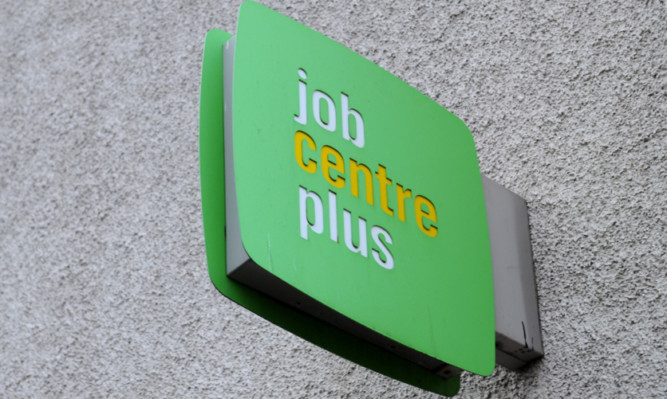Employment in Scotland has reached a new record high of 2,612,000, despite an increase in the number of adults who are out of work.
Official figures for September to November last year show there were 50,000 more adults in work than there were a year ago – the equivalent of almost 1,000 people a week finding work.
Separate Scottish GDP figures also show the economy grew by 0.6% in the period July to September last year, and was up by 3% over the year – data hailed by the Scottish Government as the fastest annual growth since 2007.
But while employment increased, the number of Scots who are out of work also rose by 7,000 over the period September to November last year, to stand at 158,000.
That total is, however, still 20,000 less than it was in the same three months of 2013.
Scotland continues to have a higher employment rate and a lower unemployment rate that the UK as a whole.
North of the border, 74.1% of the population are in work and 5.7% are jobless, compared with 73% and 5.8% respectively.
The latest official figures show 85,000 Scots were out of work and claiming jobseeker’s allowance in December, a drop of 2,100 on the previous month and 28,200 lower than December 2013.
Unemployment is now 79,000 lower than when it peaked in the recession in 2010, the Scottish Government said.
At the same time, the number of women in work is at its highest ever total, while the youth unemployment rate is the lowest it has been for five years.
Roseanna Cunningham, Secretary for Fair Work, Skills and Training, said: “Scotland is again outperforming the UK on employment, unemployment and inactivity rates and a 3% expansion in our economy over the year is a clear demonstration of our growing strength, not least in the construction sector.
“Our work on jobs and growth is continuing to pay off with record employment levels increasing this month and female employment also reaching a record high, welcome evidence of our ongoing work on narrowing the gender gap.
“I am particularly pleased to note positive news on youth employment and I am determined that we will maintain our focus on increasing the employment opportunities for our young people.
“As the economy grows, we must ensure that everyone is able to benefit from our success. We will continue to use all of the powers we have at our disposal to grow the economy, increase employment, lower unemployment and remove barriers to the labour market.”
Scottish Secretary Alistair Carmichael said: “Today’s employment figures show a record number of Scots in work, more women in employment than ever before and jobseeker’s allowance claimants at its lowest level since 2008.
“The UK Government has stuck to its long term economic plan, creating the right conditions to rebuild and rebalance our economy. Together with the safety and security which comes from being part of the UK this has helped our businesses grow and create more sustainable jobs. As a result, over the past four-and-a-half years, employment rose by 167,000 and unemployment has fallen by 61,000.
“It’s also welcome news to see Scotland’s economy continuing to grow, building on two successive years of economic growth.
“The rise in unemployment over the past quarter highlights the challenges which remain. Recent business surveys however show Scotland’s economic growth is set to continue into 2015 and our labour market is expected to build further on the record numbers we have seen. We will take responsibility to help those who fall out of work ensuring they can make the most of the opportunities being created in communities across the country.”
Grahame Smith, Scottish Trades Union Congress general secretary, said: “Today’s figures again show that the dominant political narrative of a labour market recovering rapidly from years of recession and stagnation is somewhat misleading. In the three months to November 2014, unemployment increased and employment grew only minimally.
“Better news is to be found in the rising women’s employment and falling unemployment and the start of the long-awaited recovery in full-time jobs.
“A further rise in real wages at UK level is welcome although it must be stressed that this is again attributable as much to falling inflation as it is to rising nominal wages.
“The position of young people in the labour market continues to be a concern with employment for 16 to 24-year-olds actually falling in the year to September 2014. With youth unemployment falling and inactivity rising, the key question must be whether more young people are moving into or staying in education or simply being lost to the labour market.”
